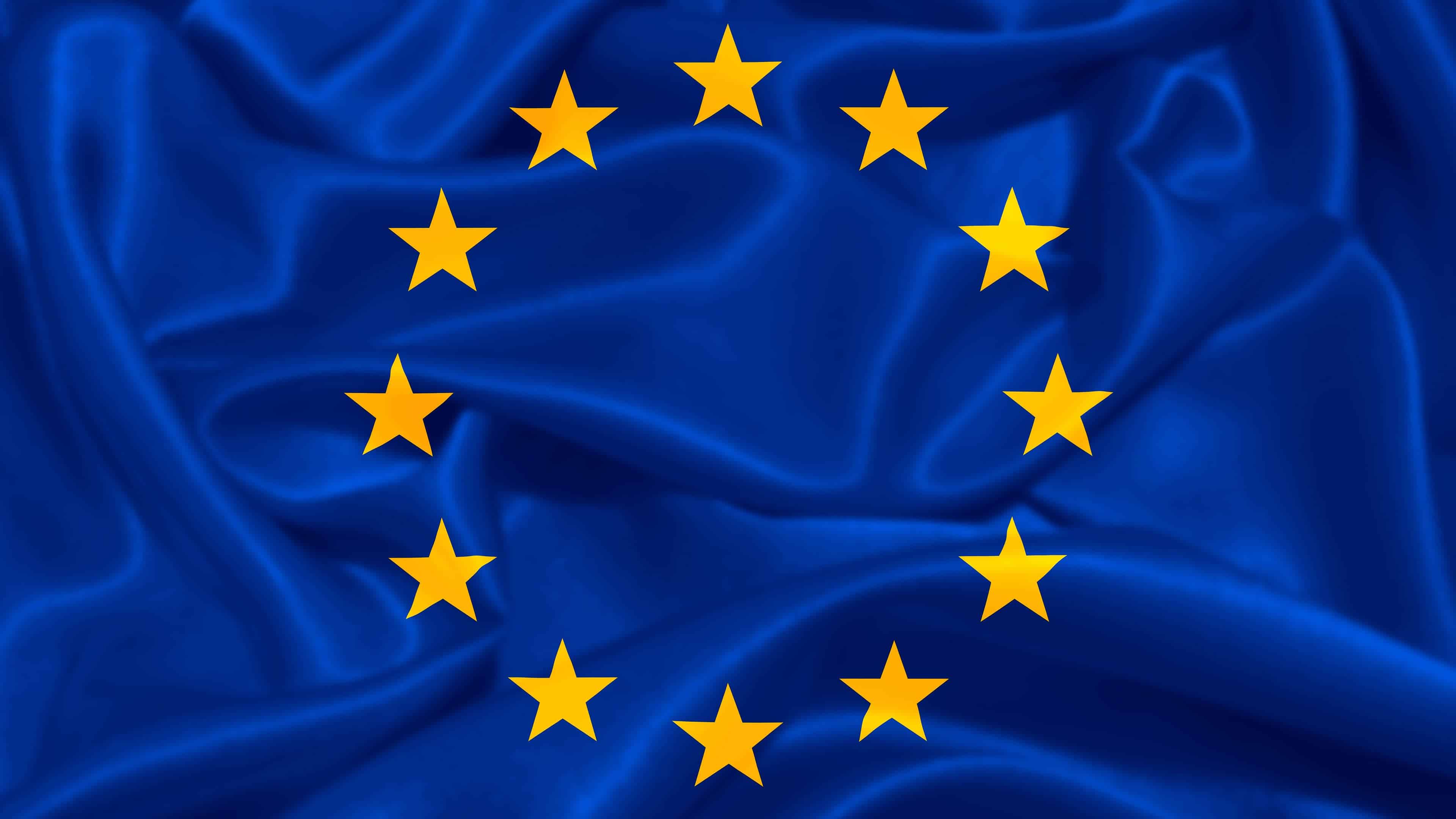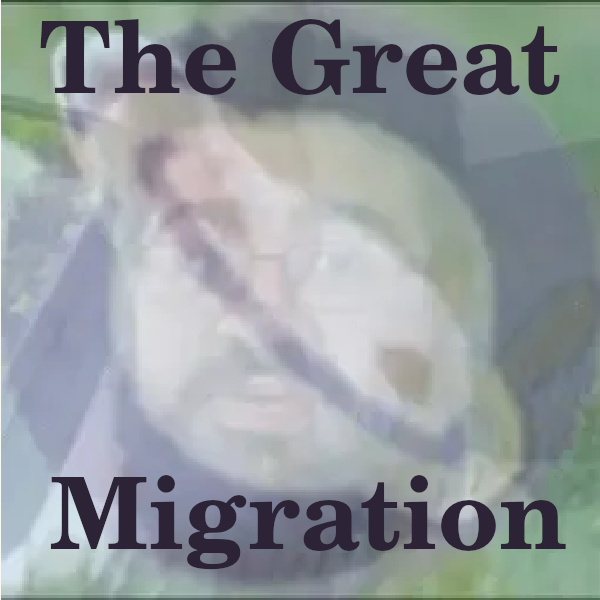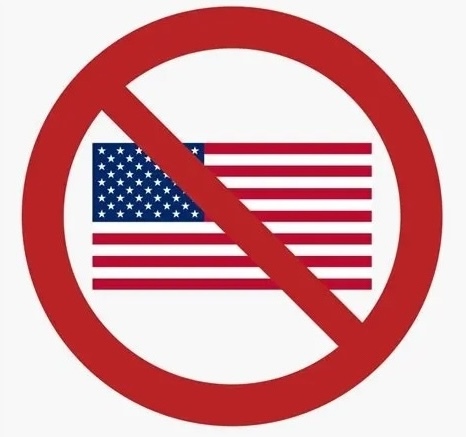A french YouTuber (Bolchegeek) calls that the Magneto syndrome : the writers make the bad guys make actually good points when criticizing the supposed “good guys”, but then proceed to completely discredit their character by making them do something obviously evil. He argued that it’s a way to pretend like you’re making a progressive movie that questions society, while still reinforcing the status quo, and to basically say “Don’t be fooled by those radicals, they may seem convincing but they’re actually just out for blood”
- 8 Posts
- 203 Comments

 24·22 days ago
24·22 days agoAnd it’s not like it’s a surprise for anyone. Everytime someone caves to him, Trump takes that as a sign that he can ask for more. I truly don’t know what the EU was thinking with that bullshit agreement
And in a matter of a few hours a single guy will have read the manual, figured out the clue and put it on a wiki or a Reddit post so that none of your other players have to rtfm

 8·1 month ago
8·1 month agoNot really the point. Opposing Israel’s genocide doesn’t mean we should excuse obvious antisemitism
Yeah, not working shouldn’t even be a goal here. What we should strive for is to build a society where work is empowering for the workers rather than alienating, where it benefits the whole society rather than just creating value for a select few

 61·1 month ago
61·1 month agoI’ve fallen into this exact trap when I played the HD remaster of Suikoden 1&2 a few months ago. The games still hold up pretty well but are a bit too dated to my taste to have more than a single playthrough, so I followed guides to get the perfect ending, which involves recruiting all 108 characters into your army.
At first I was just looking at a very light guide that told me which characters were missable and approximately when to get them. Then I got impatient and looked up their location and recruitment conditions. And then I ended up following a complete walkthrough step by step to make sure I wasn’t making any mistake.
That completely took the fun out of the games and I burnt out halfway through the second one.
Do you have a source for the picture on the right? I’d like to share it to an acquaintance that is a big fan of frogs and knights and probably thought until now those two passions weren’t connected

 5·1 month ago
5·1 month agoDepends on your definition of work. I don’t think we should let ourselves be convinced that work can only be selling your energy, your time and your skills to a company that will pay you as little as it can get away with. If you have creative hobbies, practice some craft on your free time or help other people free of charge, that’s still work: you’re creating something of value for others and/or for society. It just doesn’t feel like it because it’s something you actually want to do instead of being forced to do.
I like to alternate between toilets, bathroom and restroom. Keeps both myself and the waiter on our toes
I usually struggle with just “going with the flow” and stop trying to minmax everything in videogames, but Crusader Kings is one of those few games where I manage to let go and enjoy the chaos.

 40·2 months ago
40·2 months agoSame Edit : found a workaround by looking up the issue. Go to this page https://www.gog.com/cart/add/1486951595
It should add the Freedom to Buy Games as a free item in your shopping basket, which you can then add to your account
Hey, that’s me! At more than 30yo I finally emailed a psychologist specialized in ADHD and autism to get a diagnostic. Still waiting for an appointment though
Conservatives about Pizzagate, a made-up fantasy conspiracy theory on a pedophile ring of powerful people: put them all in jail!
Conservatives about the Epstein files, a real-life conspiracy on a pedophile ring of powerful people: well surely we can’t put all these people in jail, think about the consequences!
We don’t hate each other. I’d describe our relationship more like that of two rival siblings who bicker and argue and get weirdly competitive about just anything, but ultimately know they’re family. As a frenchman I can recognize that we love you, you British pricks
Hey, who am I to judge the two-anus person that invented that expression

 71·2 months ago
71·2 months agoNeat & Dough
Oh putain deux lorrains, comment qu’c’est les gros ?
Explanation for the french one : onion is an old slang for anus. So “mind your own onions” is an old-fashioned way to say “mind your own ass”













Crazy how not being pro-deseases is now a political stance